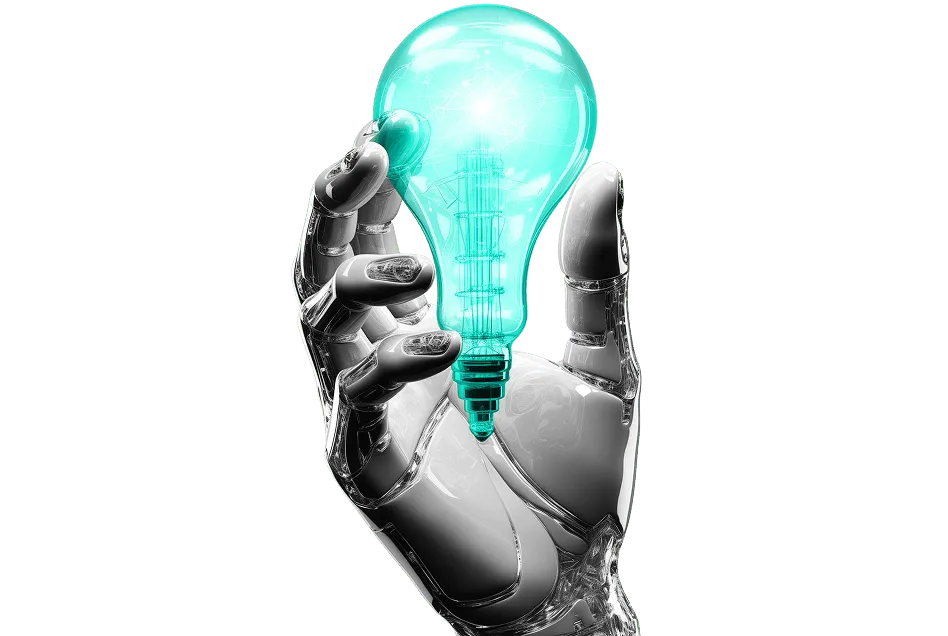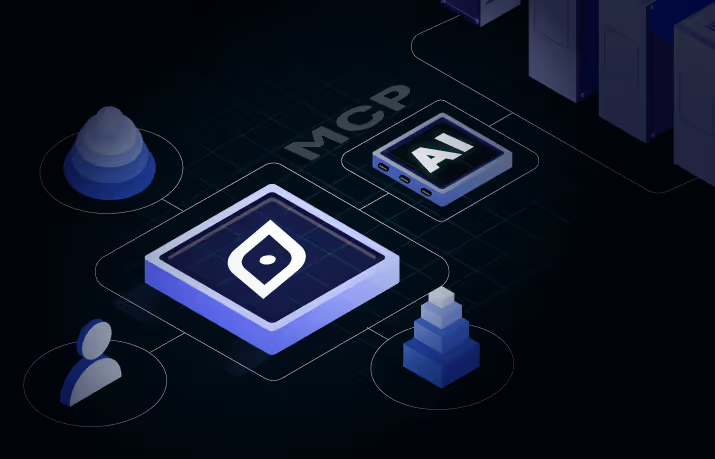Enhance Employee Experience with a Talent Management Platform
HR these days is tasked to establish flow — in both policy and processes and is also being entrusted with becoming a forward-thinking division for a good employee experience.
The employee experience mindset is a strategy approach that promotes establishing an environment in which employees are inspired, engaged, and satisfied.
This approach goes beyond HR policies and focuses on understanding and improving the emotional and psychological components of the workplace.
It’s about building a workplace where people feel valued, supported, and empowered, leading to higher retention, productivity, and business outcomes.
A talent management platform can help HR tap into artificial intelligence (AI) and machine learning (ML) to enhance the employee experience.
A Cohesive and Integrated Employee Experience Through a Talent Management Platform
HR automation is frequently piecemeal. Due to historical limitations and budget constraints, the HR process involved the automation of portions in pilots, divisions, or locations. This resulted in ‘islands of excellence and deserts of despair.’
The current trend is to close these gaps by combining automation initiatives across several processes to produce a more integrated, unified employee experience. A talent management platform like Draup helps achieve this by delivering consistent, scalable solutions.
Draup has found that regardless of industry, company, or role, employees are looking for the below set of experiences:
As per a study of business performance using a talent management platform to enhance employee experience, companies with positive employee experience saw the following:
- 66% higher employee wellbeing
- 81% less absenteeism
- 18% higher productivity
- 10% greater customer engagement and loyalty
- 23% more profit
Adopt an Employee Experience-Focused Mindset with a Talent Management Platform
77% of potential hires state that culture and positive employee experience are important factors to joining a company, which talent management must consider.
Good employee experiences are:
- Planned,
- Methodical, and
- Utilize human-centered design techniques.
This necessitates three key changes in HR policy:
1. Treat employees like customers
Get an understanding of your employees’ personalities, desires, and pain points so they can focus on your customers. Instead of creating a one-size-fits-all solution, Draup’s talent management platform allows teams to fit candidates into personas.
Employee personas will frequently need to be extended to include other HR ‘customers’ like freelancers, contract workers, prospects, and even alumni.
2. Understand the employee’s perspective of the experience
When HR puts themselves in the shoes of employees, it provides a different perspective on the problem, one that frequently spans corporate silos.
Employee pain points may not have anything to do with the onboarding process itself, while empowering employees on the job is good, it is that employees must bear travel costs upfront before being reimbursed, causing financial hardship. A talent management platform can help identify and address such issues. Solution – bear their travel costs.
HR can no longer ignore employee issues that fall outside its purview; instead, a talent management platform can help facilitate collaboration across departments like finance and IT to solve them.
3. Customize employee experience
Some experiences lead to emotional engagement (or disengagement). For example, an employee’s return from parental leave must be marked by a high-touch personal connection.
Some experiences, on the other hand, are about efficiency; these should be simplified with automation. For example, they must be able to navigate employee perks from their phone or be able to work with tools to complete tasks.
A talent management platform can help HR determine when a human touch is needed and when digital solutions are more effective, enabling the right interactions for each experience.
Streamline Employee Experience with Talent Management Platform
Employees leave an organization due to a lack of career prospects and internal mobility. They must learn about all the roles and know which ones best fit their skill set to enhance mobility.
A talent management platform can help employees discover roles based on their skills rather than who they know, enabling greater mobility. Employees can use talent intelligence to see which roles, given their skills, they fit into. Employee engagement and upskilling is an age-old HR challenge.
Traditionally, employees were responsible for identifying required skills and acquiring them, often with little incentive to complete their profiles.
A modern talent management platform powered by AI and ML can automate repetitive processes, detect data abnormalities, and highlight key trends, skill shortages, or other developments.
They are significant for:
- Automation: By automating tasks, HR can reduce administrative burdens and minimize errors, leading to an efficient employee experience.
- Personalization: AI-driven algorithms can offer personalized recommendations for career development, training, and even benefits packages, enhancing employee experience by tailoring HR services to individual needs.
- Data identification: AI can analyze data to enable talent management to see turnover risks, skill gaps, and performance patterns, allowing them to address issues.
Enhancing Employee Experience with a Talent Management Platform
The use of AI to match employees to jobs based on their skills provides a strong incentive for them to complete and maintain their profiles.
As employees update their profiles with new information, talent management platform can identify their main capabilities, adjacent skills they are likely to learn, and prospects for advancement.
Employees can see a clear path forward and that their organization supports their upskilling and mobility needs.
Talent management teams that provide a great employee experience from beginning to end can gain a distinct competitive advantage over those that do not, not just during recruitment.
Talent management teams utilize Draup for Talent’s talent management platform to match people’s skills to the work they need to complete and stay ahead of the competition.
It provides you with complete visibility into the skills you need in your industry and what you have in-house.
Organizations can readily find people with the capacity to learn new skills by examining their adjacent competencies, hence massively extending your talent pool.










.svg)
















.svg)





.svg)





.svg)
